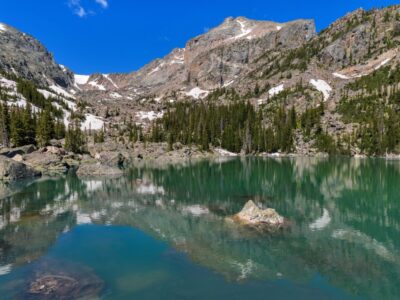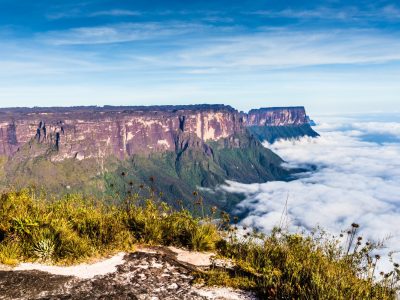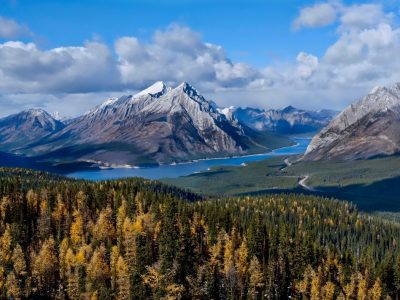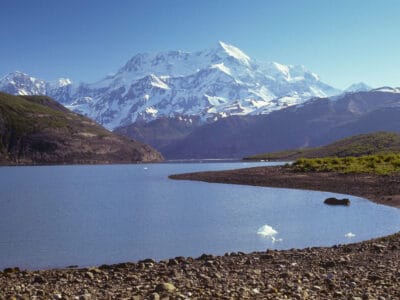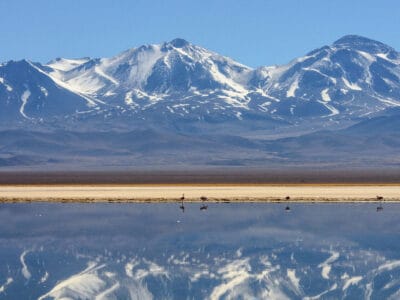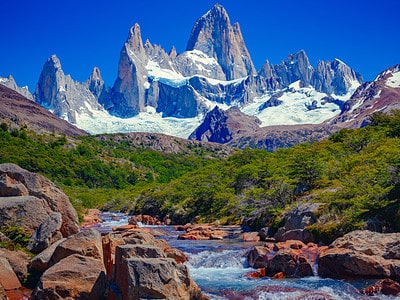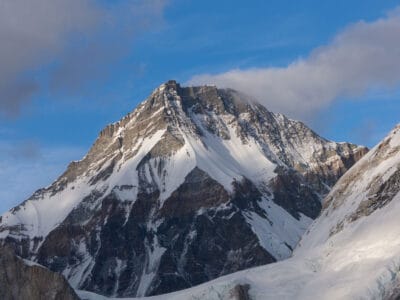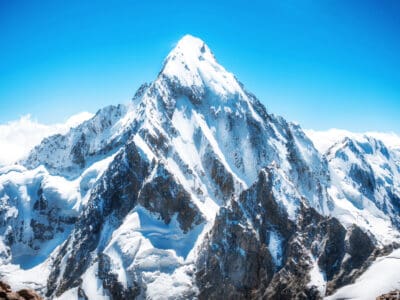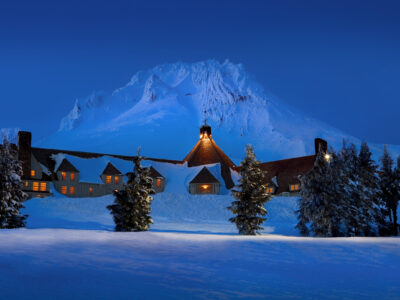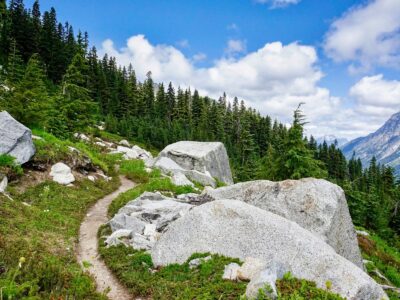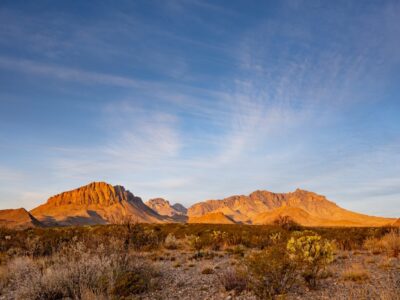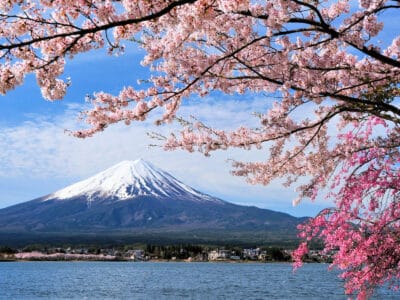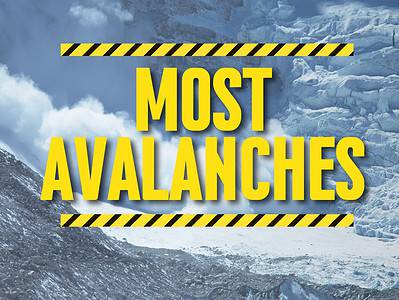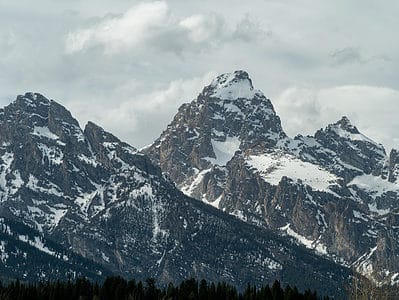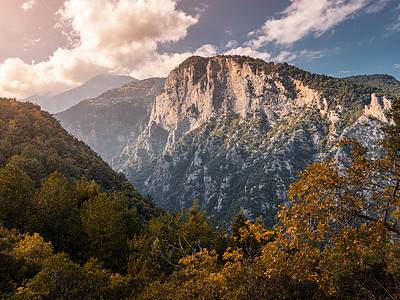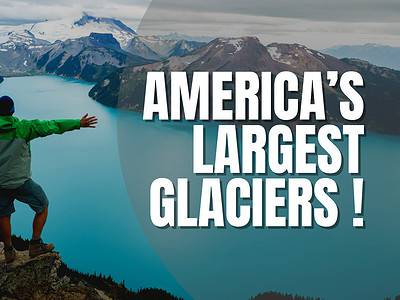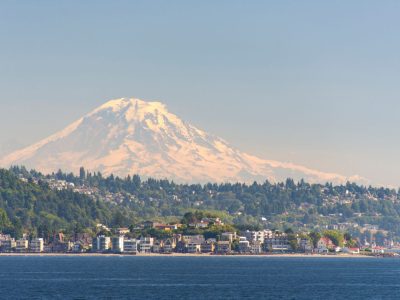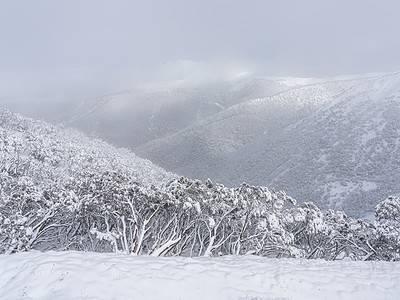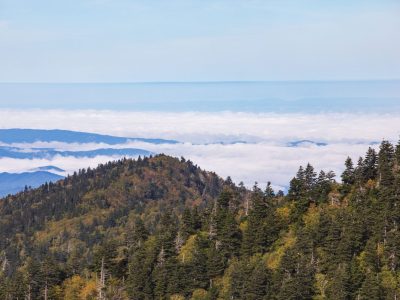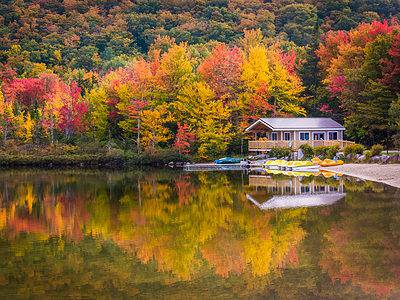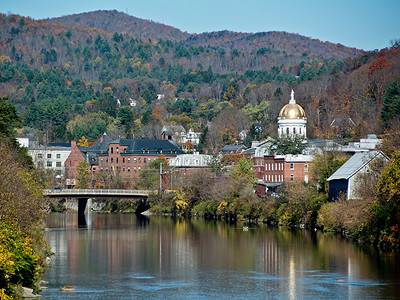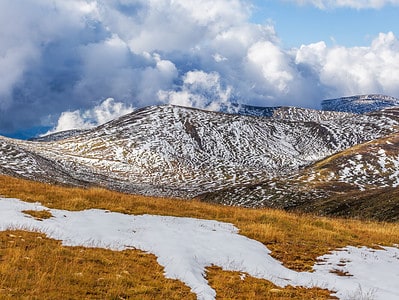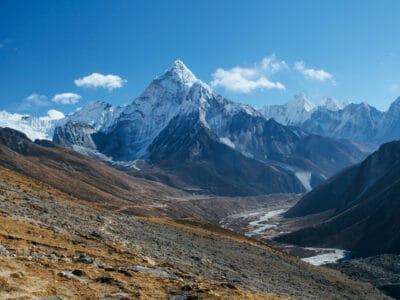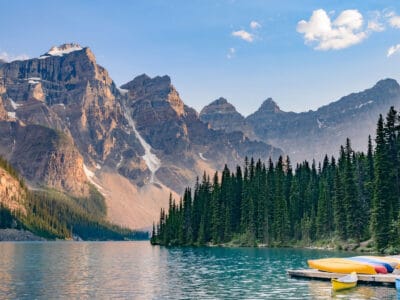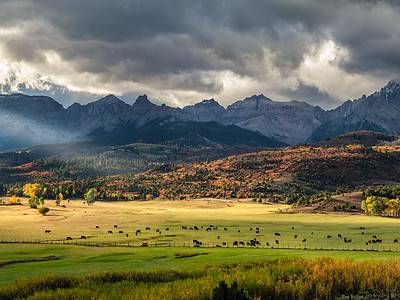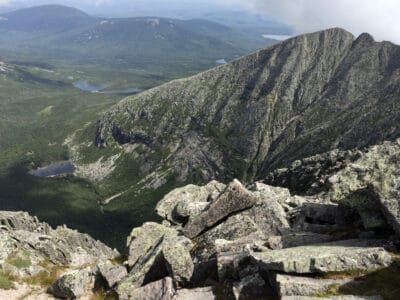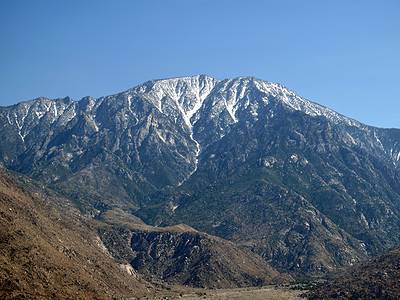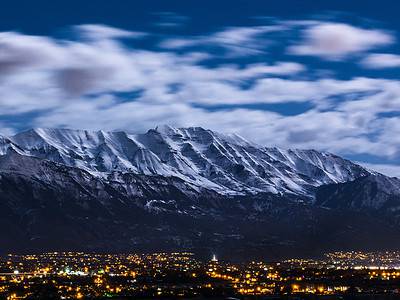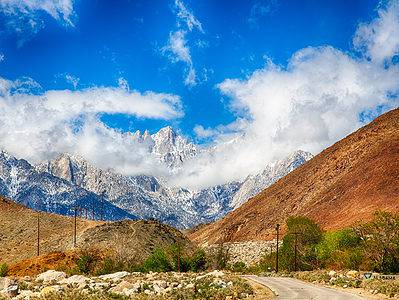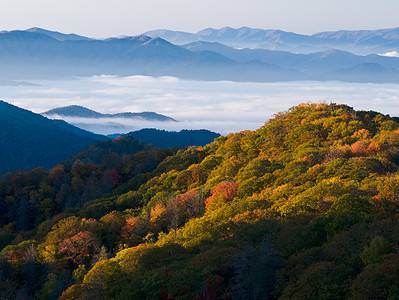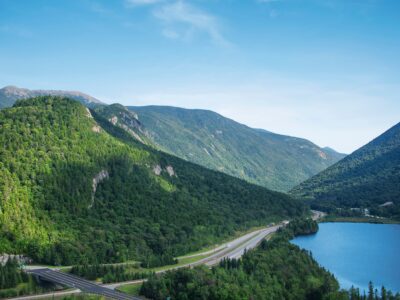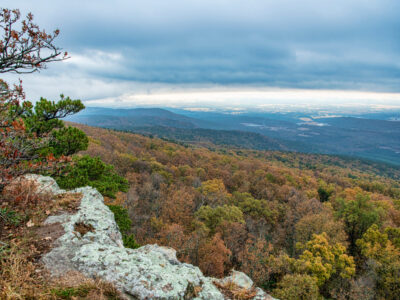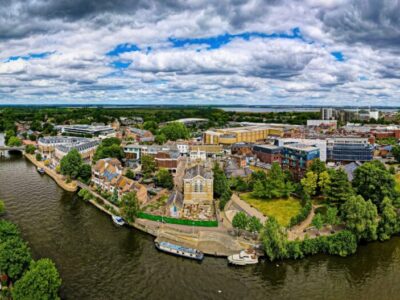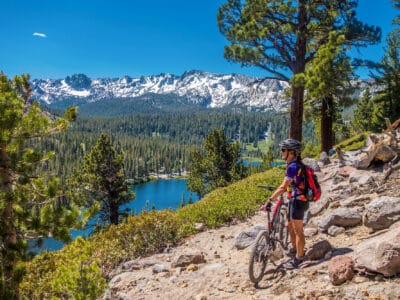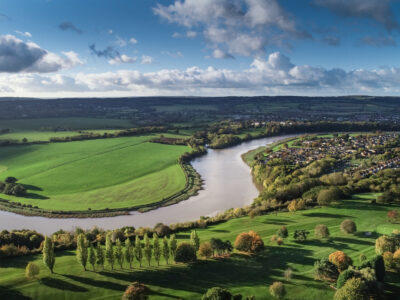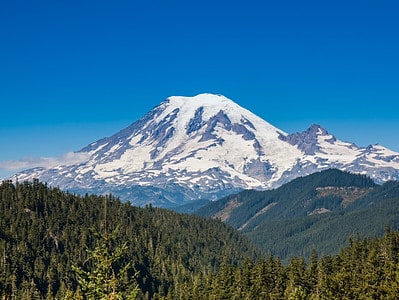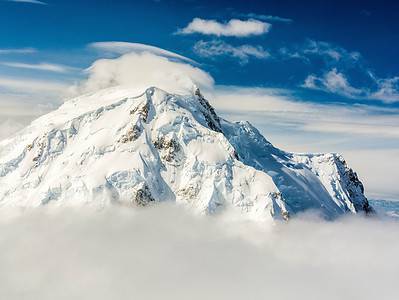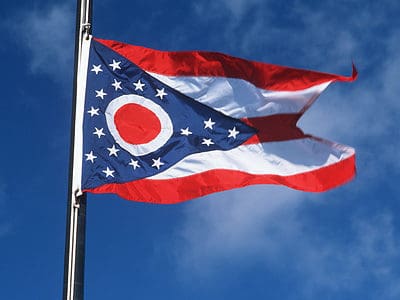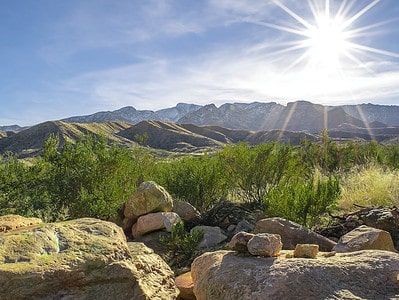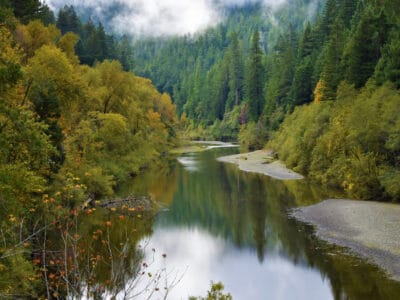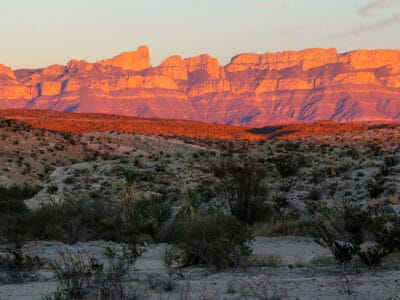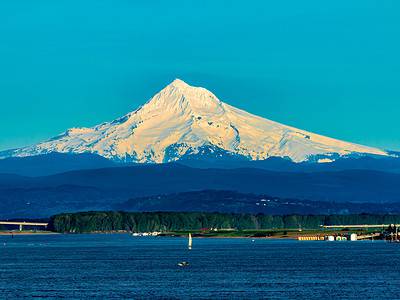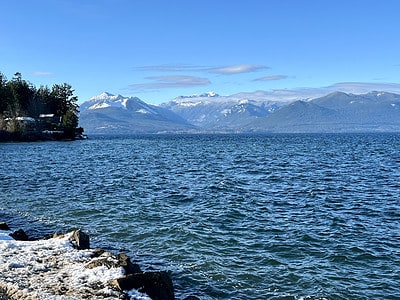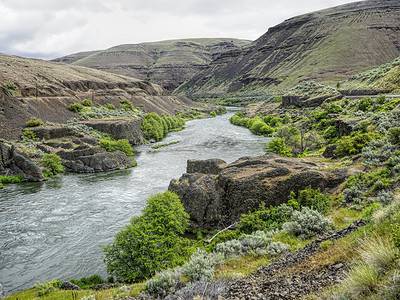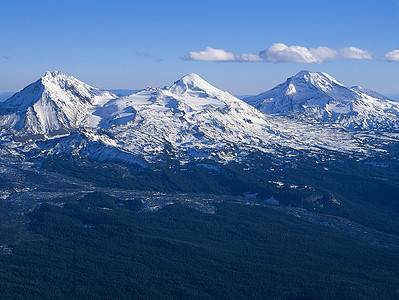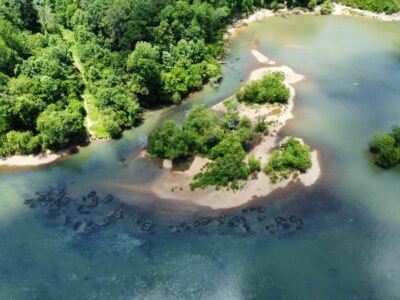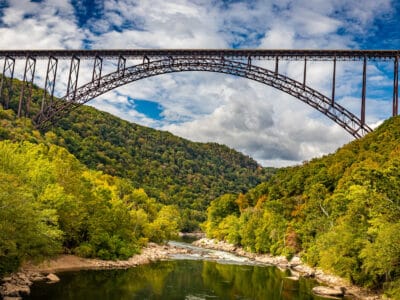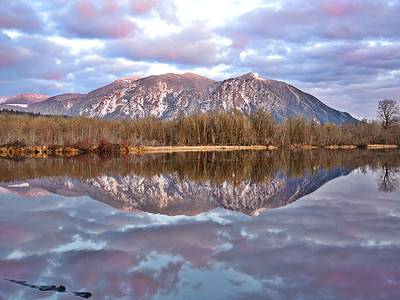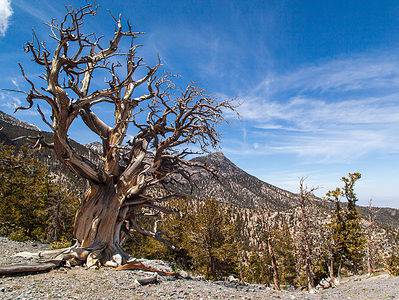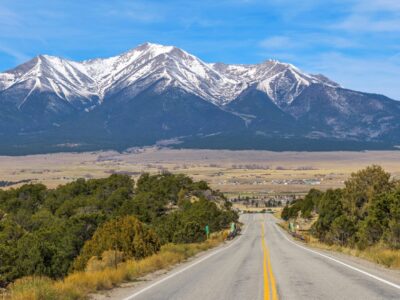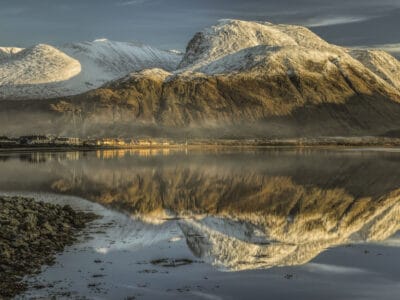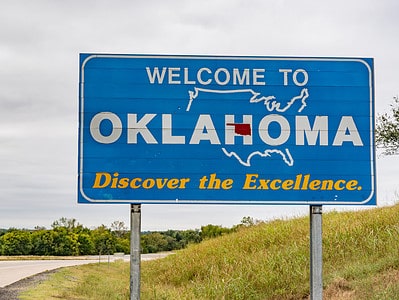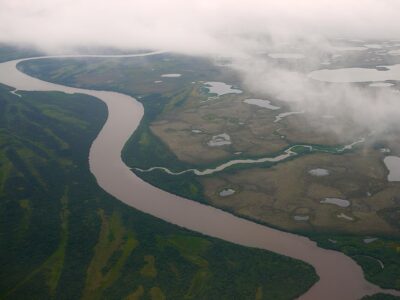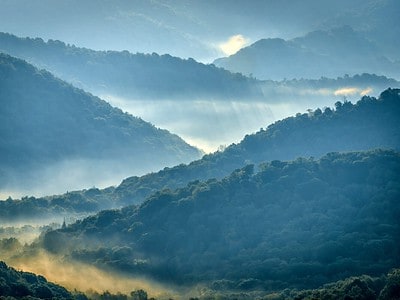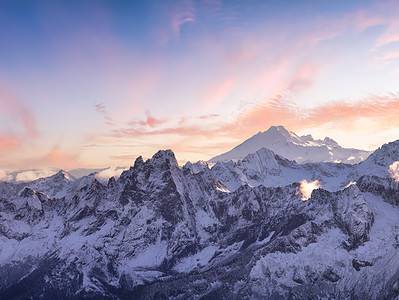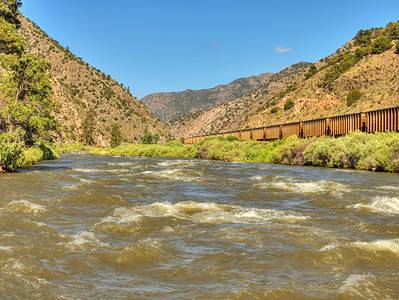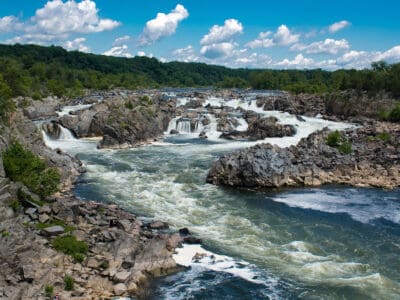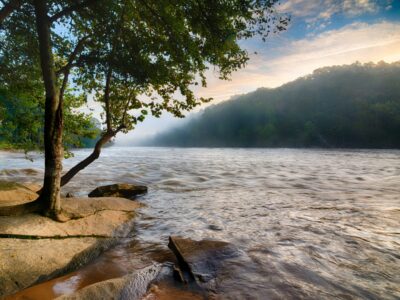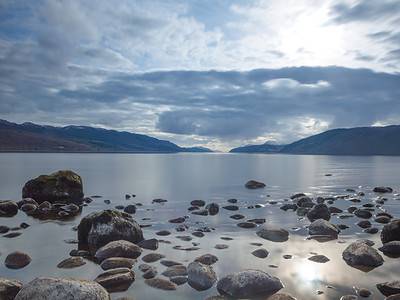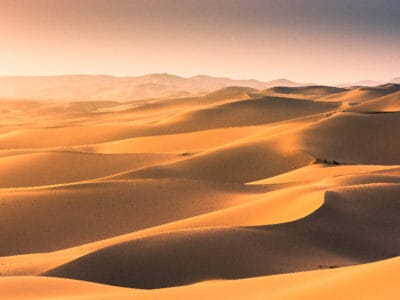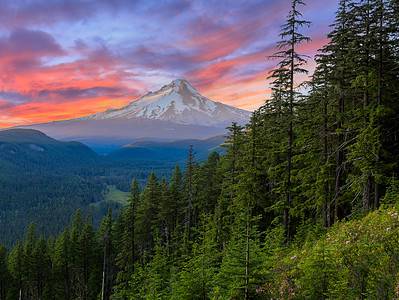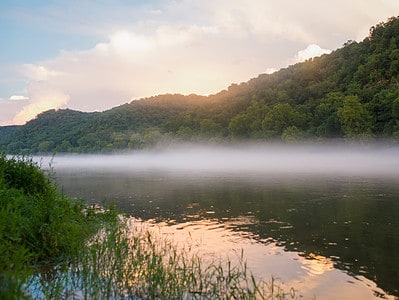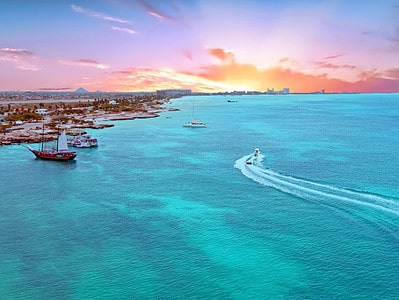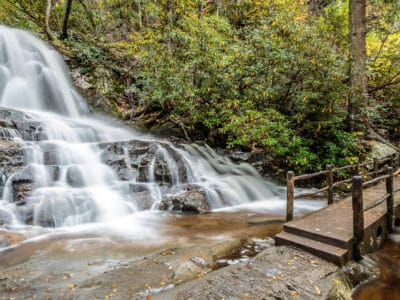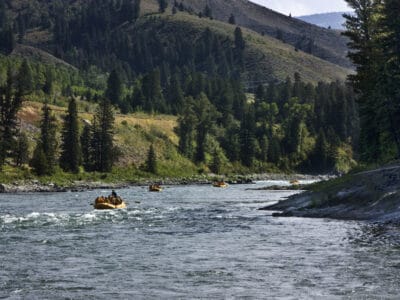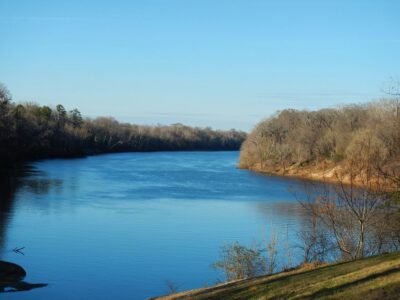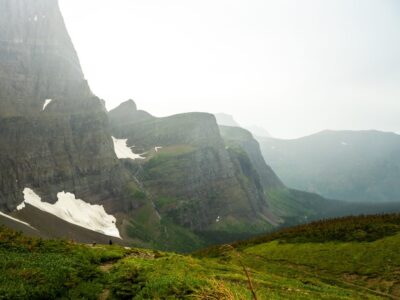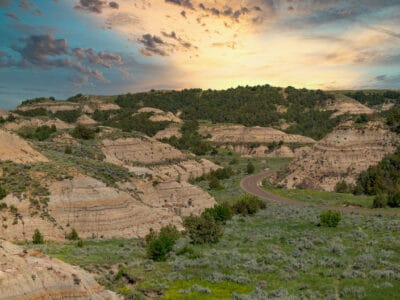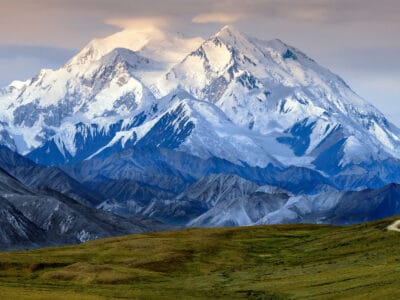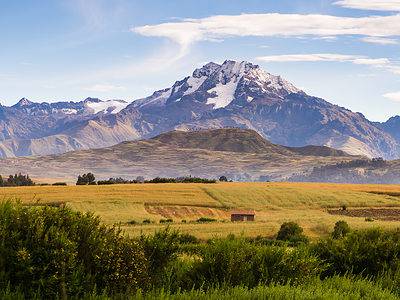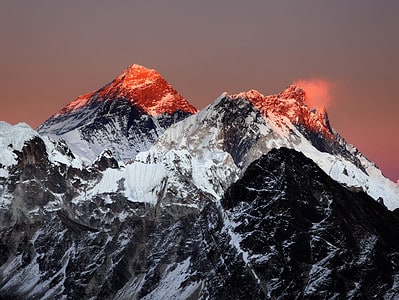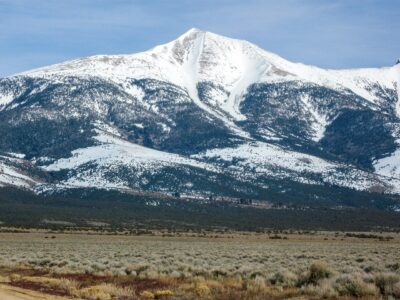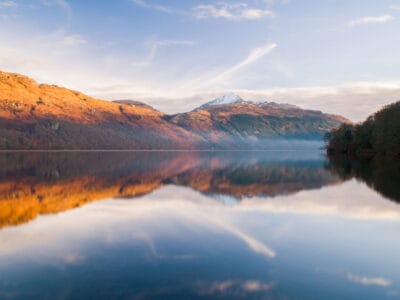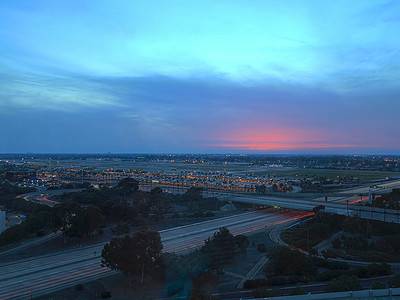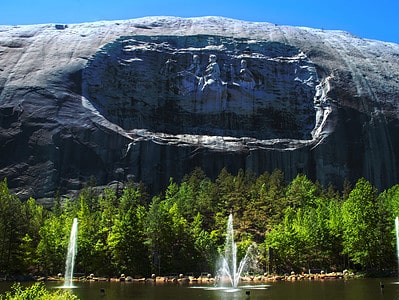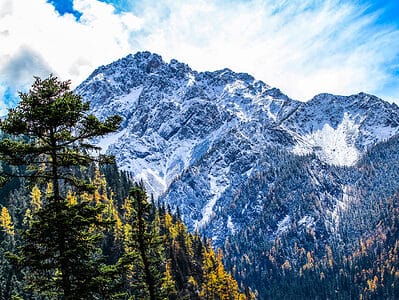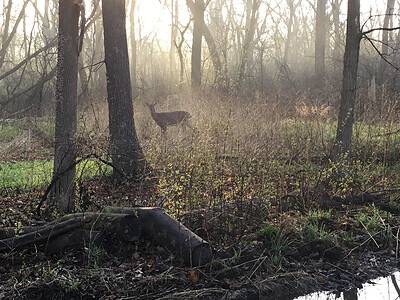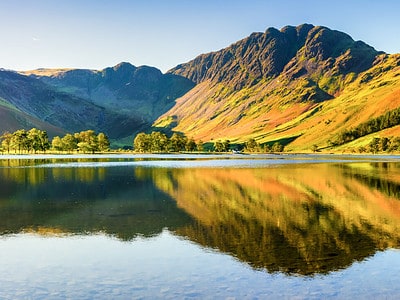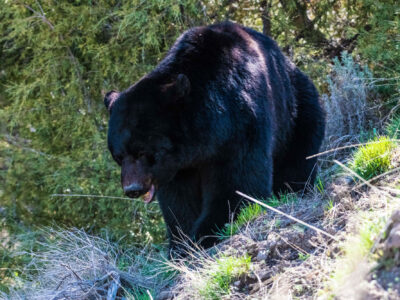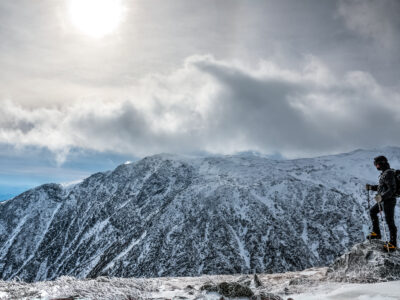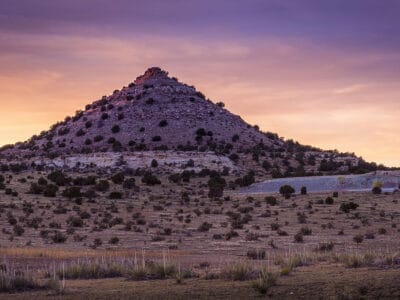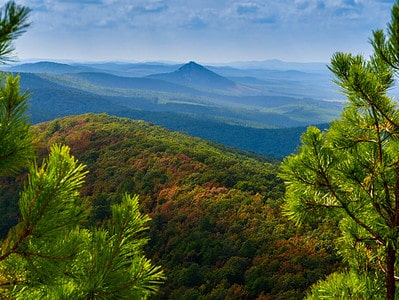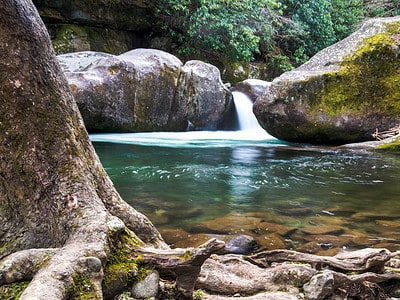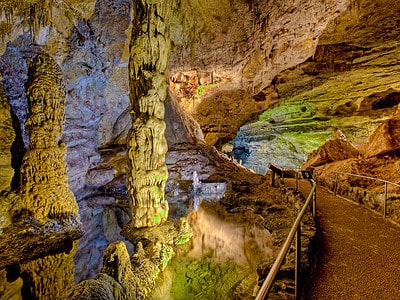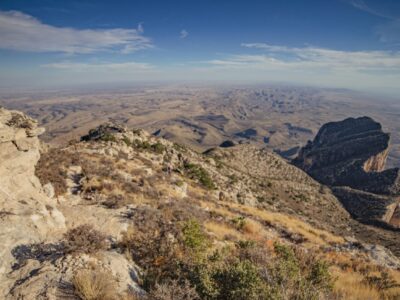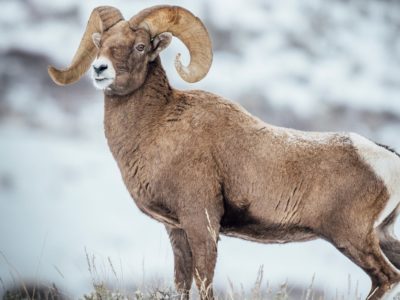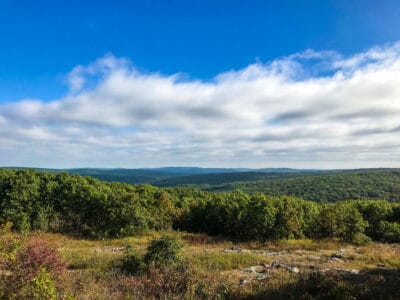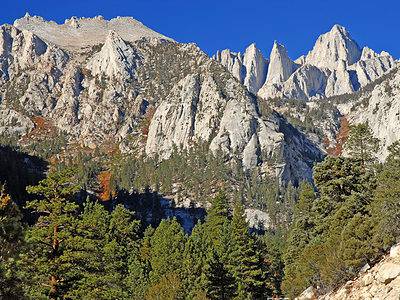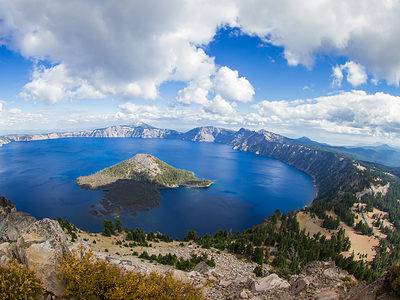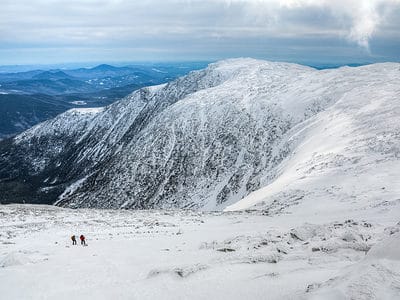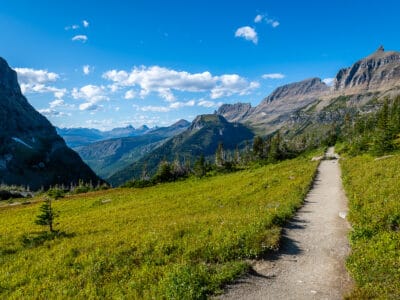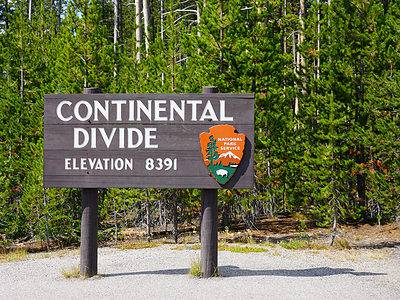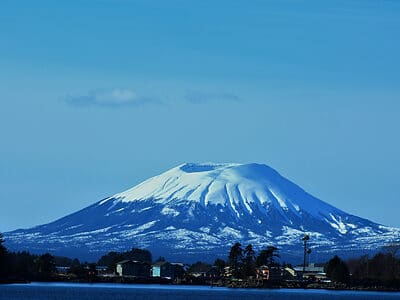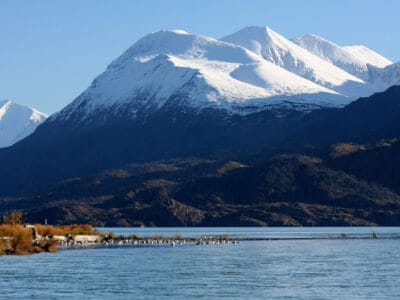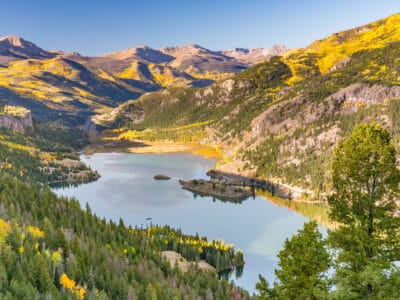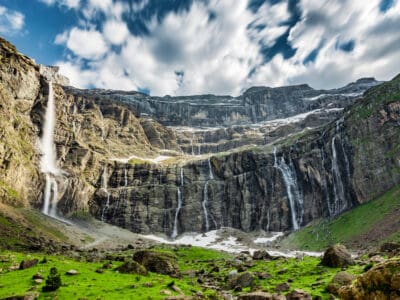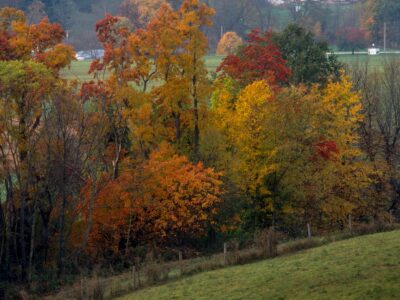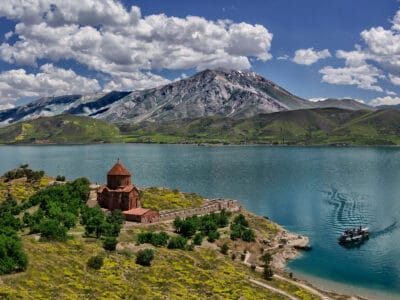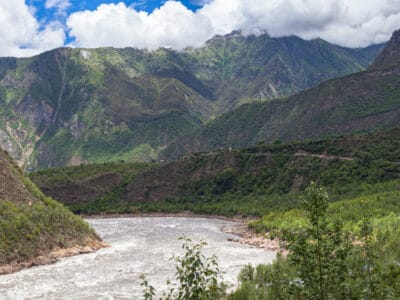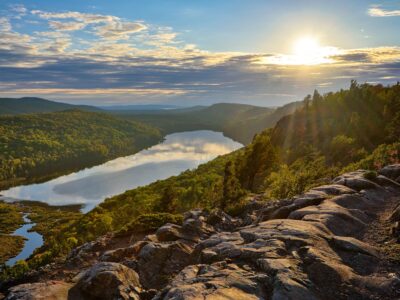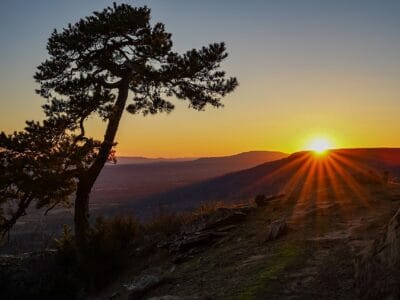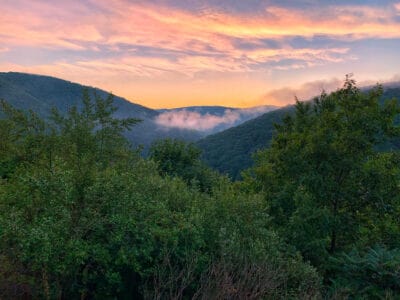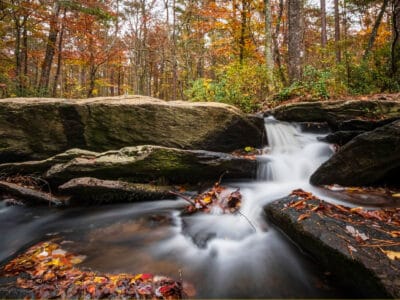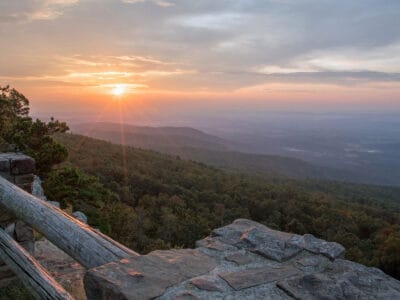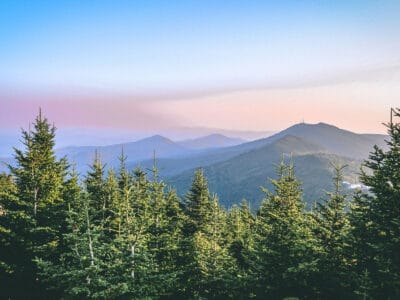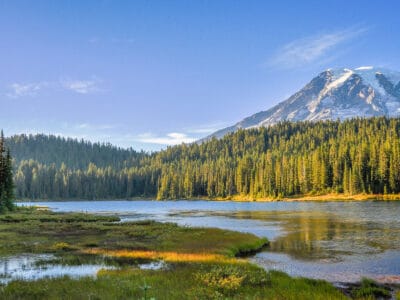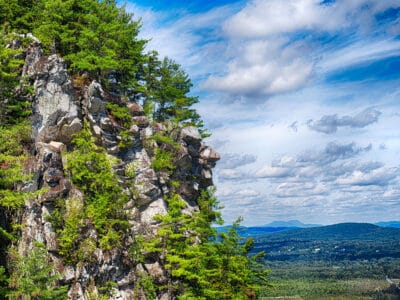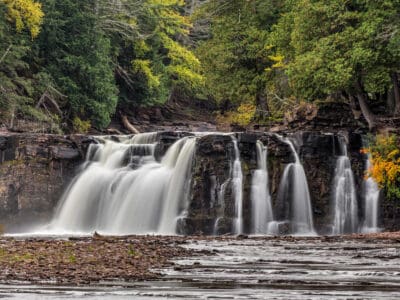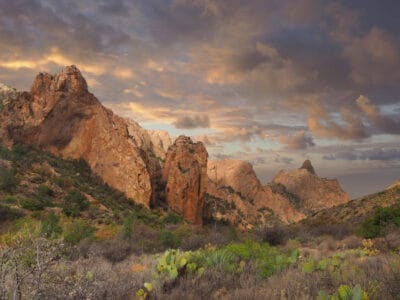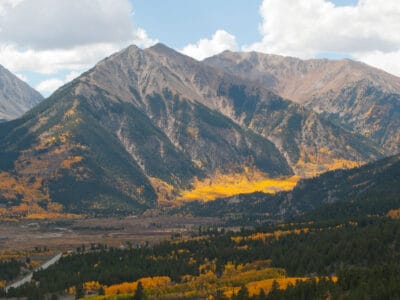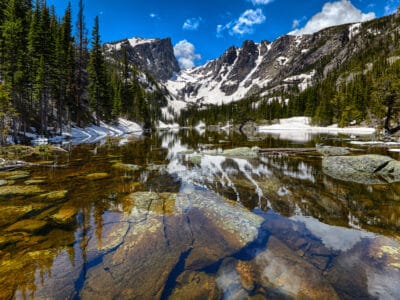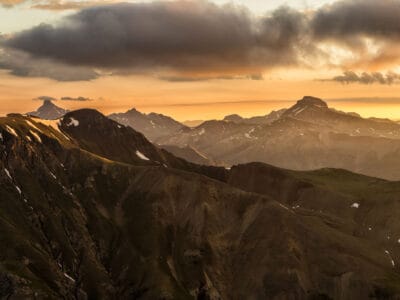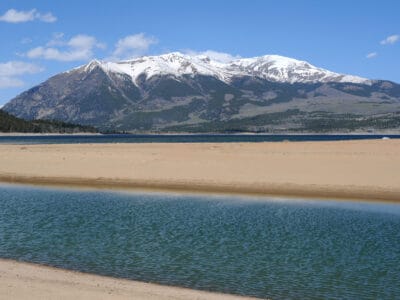Mountains are elevated portions forced upwards from the Earth’s crust. Their sloping sides contain exposed bedrock. The highest point of a mountain is called a summit or a peak. According to the UN Environmental Programme definition of mountains, our planet is 24% covered in mountainous formations: 33% of Eurasia, 24% of North America, 19% of South America, and 14% of Africa. Some reports show that there are over a million mountains worldwide—1,187,049, to be specific.
What is a mountain?
Just like with other geological formations, no definition could 100% describe what a mountain is. Britannica defines mountains as a “landform that rises prominently above its surroundings, generally exhibiting steep slopes, a relatively confined summit area, and a considerable local relief.” However, these details are not enough to get a crystal-clear picture of what a mountain is.
How we describe a mountain depends on elevation, volume, steepness, relief, spacing, and continuity. Moreover, the geographical location can influence whether a geological formation is or is not called a mountain. For example, Mount Wycherproof, located in the town of Wycherproof, Victoria, Australia, is only 486 feet high.
On the other hand, in the United Kingdom and the Republic of Ireland, a formation is a mountain only if its summit is at least 2,000 feet high. The same goes for Whittow’s Dictionary of Physical Geography. It defines mountains as having an elevation of at least 1,969 feet high. In contrast, smaller ones should be called hills. So, in the end, is Mount Wycherproof a mountain or not? As much as we’d like to provide you with a clear answer, there is none.
Mountains’ geopolitical importance
Besides being incredibly beautiful and enriching the world with their unique formations, mountains are also of great geopolitical importance. Many mountains form borders between countries. They have historically provided, and can still provide, a refuge for armies. Moreover, mountains act as shields for the land, protecting it from storms. On the other hand, they can be pretty destructive, too, especially volcanoes that have already erupted, causing catastrophic damage.
Types of mountains and how they form
Mountains appear when some portions of the Earth’s crust move, which is called plate tectonics. Rock is forced above the surface, becoming a formation with a higher elevation than the surrounding land. Mountains are of three types: volcanoes, block mountains, and fold mountains.
Volcanoes
Volcanoes appear after a so-called phenomenon of subduction, meaning when a plate gets below another plate, at a hotspot, or in a mid-ocean range. Then, the magma formed at around 62 miles (100km) below the ground reaches the surface, usually creating a volcano. Sometimes the magma does not get through the crust and remains under the ground, forming dome mountains. Some well-known volcanoes are Mount Pinatubo and Mount Fuji.
Subtypes of volcanoes are shield volcanoes and stratovolcanoes. Shield volcanoes are not high and are similar in form to a warrior’s shield. Mauna Loa and Tamu Massif are shield volcanoes. Stratovolcanoes, known as composite volcanoes, have a steep profile, a summit crater, and periodically erupt. An example of a stratovolcano is Krakatoa in Indonesia and its catastrophic eruption in 1883.
Fold mountains
Fold mountains appear after two plates collide, which forces sedimentary rocks upwards. The formation appearing on the surface is called a fold, which can be symmetrical or asymmetrical. An example of fold mountains is the Balkan Mountains.
Block mountains
Block mountains are formed by faults in the Earth’s crust, meaning when the surface of our planet cracks, forcing blocks of rocks to move up and down. The Sierra Nevada is an example of a block mountain.
Mountain vs. plateau: What’s the Difference?
While mountains are considered elevations that appear from the Earth’s crust, plateaus are flat, table-shaped surfaces. Plateaus do not have peaks and are not difficult to climb.
Compared to plateaus, mountains are not as rich in minerals.
Mountains are formed through plate tectonics, while plateaus are formed by volcanism or erosion.
Mountain vs. hill: What’s the Difference?
Mountains have a higher elevation and are steeper than hills.
Mountains are cone-shaped and have a peak, while hills are more rounded and do not have a distinct summit. You will surely know when you’re sitting or walking on a mountain, but you can never know when you’re on a hill or hilltop. Entire cities or villages stand on hilltops without the surroundings being too different from the plains, for instance.
5 Famous Mountains From Across the World
1. Mount Fuji

Mount Fuji is one of Japan’s most popular and most visited tourist attractions due to its stunning and surreal beauty.
©iStock.com/Goryu
Mount Fuji is located on the island of Honshū and is the highest mountain in Japan, standing at almost 12,400 ft (3,780 m) tall. It is a volcano that last erupted in 1707 and 1708. Mount Fuji is one of Japan’s most popular and most visited tourist attractions due to its stunning and surreal beauty. It is located around 62 miles southwest of Tokyo, where citizens and visitors can see it if the sky is clear. Along with other two mountains, Mount Tate and Mount Haku, Mount Fuji forms the so-called “Three Holy Mountains” that in 2013 became part of the World Heritage List.
2. Mount Everest

Located in the Mahalangur Himal sub-range of the Himalayas, Mount Everest has an elevation of 29,031.7 ft (8,848.86 m).
©Vixit/Shutterstock.com
Mount Everest is probably the dream of all mountain climbers, with an elevation of 29,031.7 ft (8,848.86 m). It is the highest mountain worldwide. It is located in the Mahalangur Himal sub-range of the Himalayas. It has two climbing routes, one starting from the southeastern region of Nepal and the other from the northern region of Tibet. In 1953, Sir Edmund Hillary and Tenzing Norgay were the first to reach the Mount Everest summit.
3. Mont Blanc
Mont Blanc is the highest mountain in the Alps. It rises 15,773.7 ft (4,807.81 m) above sea level. It is the highest in Western Europe, the second-most prominent in Europe, and the eleventh-most prominent mountain summit in the world. It crosses France, Italy, and Switzerland. It is a trendy destination for people worldwide thanks to its hiking and climbing trails, as well as winter sports including snowboarding and skiing.
4. K2
K2 is the second-highest mountain on Earth, having an elevation of 28,250 ft (8,610 m). It is situated between China and Pakistan. K2 is considered the deadliest mountain in the world. Statistics show that one person out of four who tries to climb it dies before reaching the summit. The first people to reach the summit were Lino Lacedelli and Achille Compagnoni during the 1954 Italian expedition.
5. Mount Elbrus
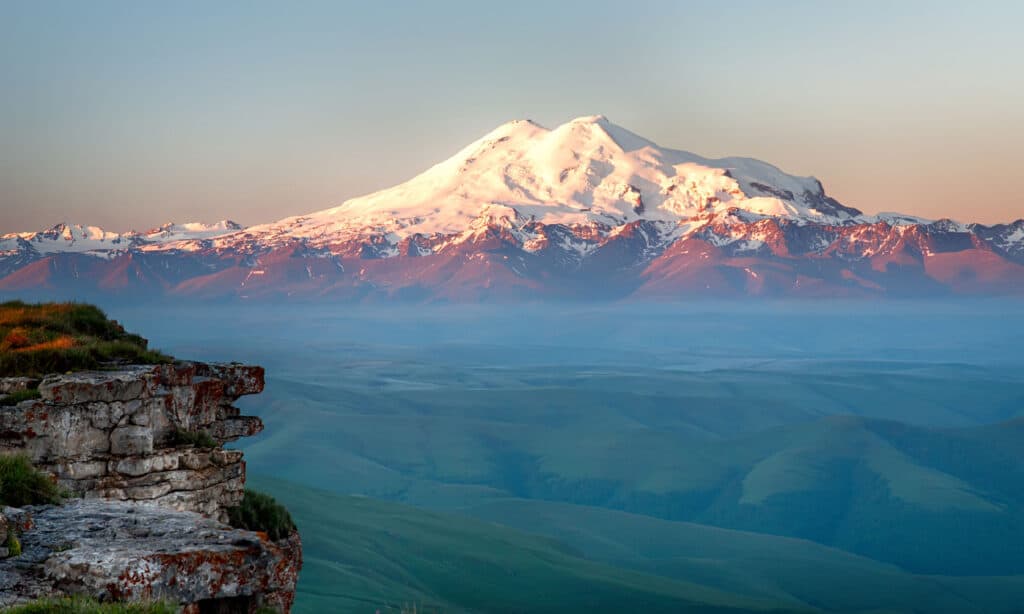
On Mount Elbrus, visitors will find the second-highest gondola in Europe which has a capacity of 750 people per hour.]
©iStock.com/_curly_
Mount Elbrus is a dormant volcano located in the western part of the Caucasus. It’s the highest in the Caucasus Mountains, and the highest and most prominent in Russia and Europe. The mountain has two summits: 18,510 ft (5,642 m) tall and 18,441 ft (5,621 m) tall, respectively. Visitors can go up to an altitude of 12,621.39 ft by using the ski lifts. On Mount Elbrus, visitors will find the second-highest gondola in Europe which has a capacity of 750 people per hour and is 12,739.5 feet high.
10 Highest Mountains In the World
| Rank | Mountain | Height (feet) | Prominence (feet) | Range | Country |
|---|---|---|---|---|---|
| 1 | Mount Everest | 29,031 | 29,031 | Mahalangur Himalaya | Nepal, China |
| 2 | K2 | 28,250 | 13,190 | Baltoro Karakoram | Pakistan, China |
| 3 | Kangchenjunga | 28,169 | 12,867 | Kangchenjunga Himalaya | Nepal, India |
| 4 | Lhotse | 27,940 | 2,000 | Mahalangur Himalay | Nepal, China |
| 5 | Makalu | 27,838 | 7,802 | Mahalangur Himalaya | Nepal, China |
| 6 | Cho Oyu | 26,864 | 7,680 | Mahalangur Himalaya | Nepal, China |
| 7 | Dhaulagiri I | 26,795 | 11,014 | Dhaulagiri Himalaya | Nepal |
| 8 | Manaslu | 26,781 | 10,144 | Manaslu Himalaya | Nepal |
| 9 | Nanga Parbat | 26,660 | 15,118 | Nanga Parbat Himalaya | Pakistan |
| 10 | Annapurna I | 26,545 | 9,790 | Annapurna Himalaya | Nepal |
10 Deadliest Mountains in the World
Mount Everest is the highest mountain in the world. It’s also the most climbed mountain among the highest. But is it really as dangerous as we might think? Most of the stories of “failed” climbing revolve around Mount Everest, but, as statistics show, it is not the most dangerous mountain, despite its elevation. This might be because the climbing routes are not extremely dangerous or because climbing Mount Everest has become so popular that there has been a considerable spike in expedition planning.
On the other hand, Annapurna I has such a severe and unpredictable climate that not even the best of plans can save climbers if the weather decides to go crazy.
| Rank | Mountain | Height (feet) | Prominence (feet) | Ascents | Deaths |
|---|---|---|---|---|---|
| 1 | Annapurna I | 26,545 | 9,790 | 158 | 58 |
| 2 | K2 | 28,250 | 13,190 | 284 | 66 |
| 3 | Nanga Parbat | 26,660 | 15,118 | 287 | 64 |
| 4 | Kangchenjunga | 28,169 | 12,867 | 209 | 40 |
| 5 | Manaslu | 26,781 | 10,144 | 297 | 53 |
| 6 | Dhaulagiri I | 26,795 | 11,014 | 350 | 58 |
| 7 | Makalu | 27,838 | 7,802 | 234 | 26 |
| 8 | Gasherbrum I | 26,510 | 7,070 | 265 | 25 |
| 9 | Everest | 29,031 | 29,031 | More than 3600 | 300 |
| 10 | Broad Peak | 26,414 | 5,581 | 360 | 19 |
Thank you for reading! Have some feedback for us? Contact the AZ Animals editorial team.





